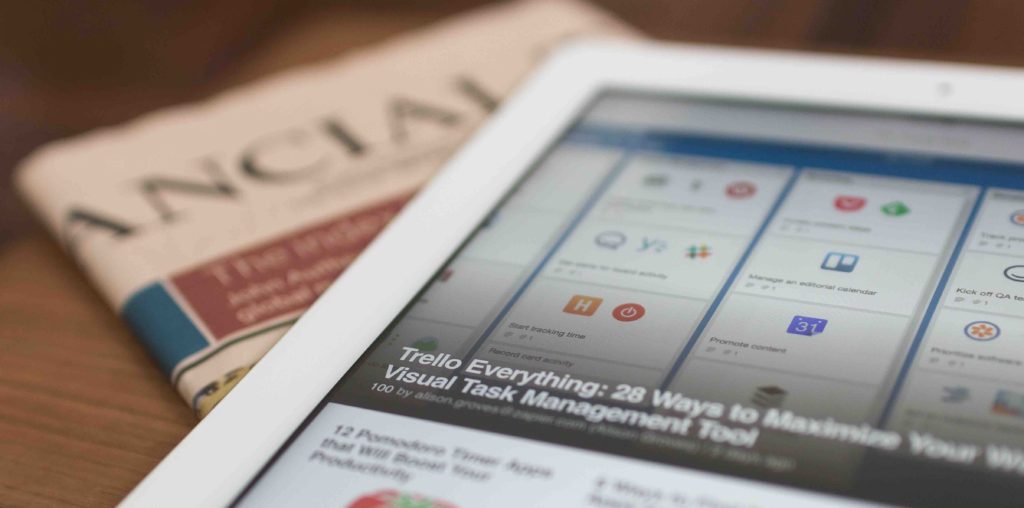First Steps: Opening a Dutch Bank Account
Categories: Finance

Once you’ve touched down in The Netherlands, opening a bank account will be one of the crucial first few steps towards settling in this wonderful country. You’ll need a Dutch bank account to get paid, pay your bills, and spend your hard-earned cash.
Here’s a handy guide to get you set up and banking like a true Dutch person.
On arrival
First things first, don’t sweat it! You’ll be able to use your foreign card at almost any Dutch ATM, or geldautomat. Of course, you’ll pay foreign exchange fees, plus your bank’s charges, unless you’re already banking with bunq, but more about that later.
Money changing outlets are common but shop around to find the best rates and lowest commission. GWK Travelex outlets and post offices are plentiful and reliable.
While you can use debit cards at points of sale in many European countries, most supermarkets and shops in The Netherlands only accept Maestro Pinpas cards. Look out for the ubiquitous blue and white Hier Alleen Pinnen to spot stores that exclusively take these cards – no cash or debit cards.
Opening a Dutch account
To live a comfortable life here, and of course, to get paid and pay bills, you’ll need a Dutch bank account. You have several options, with the main choices being:
bunq (online bank)
Setting up a bank account involves dropping into your nearest branch or calling to make an appointment. Of course this isn’t an issue with bunq. If you go the online route with bunq, downloading the app takes five minutes, and every interaction can be done from your smartphone. Bunq also offers a host of innovative features like multiple accounts on one card, dual pin, zero foreign exchange fees, helpful savings tools, and instant payment authorization by fingerprint.
If you opt for a traditional bank, you’ll need to bring some documents along with you. Generally, these are:
- A valid ID
- Residence permit if applicable (non-EU Citizens)
- Your burgerservicenummer (BSN), acquired when you register with your municipality
- Proof of address
Your bank may check your credit rating before opening an account for you, especially if you want to open any other kind of account to a checking account. Proof of employment may also be required, so make sure you have a contract or payslips to hand. If you opt for bunq, you can provide your ID initially, and BSN at a later date, perfect for getting set up as soon as you arrive.
All of the main, traditional, banks offer the same services, with a basic checking account starting at around €2-€9 per month.
However, there are differences that internationals should bear in mind. ABN Amro and bunq probably offer the best level of English-language customer services, offering a website and app in English.
The bunq app offers (customer) service in English, French, Spanish, German and Dutch. In addition, opening a joint account, changing your PIN, ordering or blocking a card, or opening and closing accounts can be done from your phone, cutting out a trip to the bank itself.
ING’s app is intuitive and in English, but its online banking website is entirely in Dutch. ING, however, asks for less documents than ABN, and it’s possible to set up an account with just an ID, BSN, and address. Rabobank provides very little information online in English, but staff in your local branch should still be able to set up an account for you with minimal fuss.
Daily banking
Armed with your pinpas (ATM card), you can spend your hard-earned cash at any point of sale. Most cards these days are contactless, meaning you can tap the card to pay for small purchases. Purchases of more than €25 will require you to input your PIN code however.
When it comes to making online payments, you’ll usually have to dig out your e-dentifier, provided by your bank. Simply slot your card into the handheld device – which looks like a high school calculator – to generate a code that you’ll use to verify your transaction.
Bunq skips this step, requiring a simple tap of your smartphone’s fingerprint scanner or image of your hand/fingers to speedily authorize payments.
As for paying bills, you can set up direct debits through your bank’s app or website. Another common method is the acceptgiro, a yellow paper slip you’ll fill out and pop into a postbox at your bank to create a standing order.
Onward and upward
This guide should cover the initial challenges of banking in The Netherlands and opening a dutch bank account. However, once you’ve settled here and earned some money, you might be tempted to set some aside for retirement or make some investments.
The world of investments is complex, especially for expats who may have to deal with their native country’s tax laws as well as the Dutch ones. We’ve covered the area intensively in our finance section, so keep an eye on Expat Republic for the latest news and in-depth guides to put your money to work!
